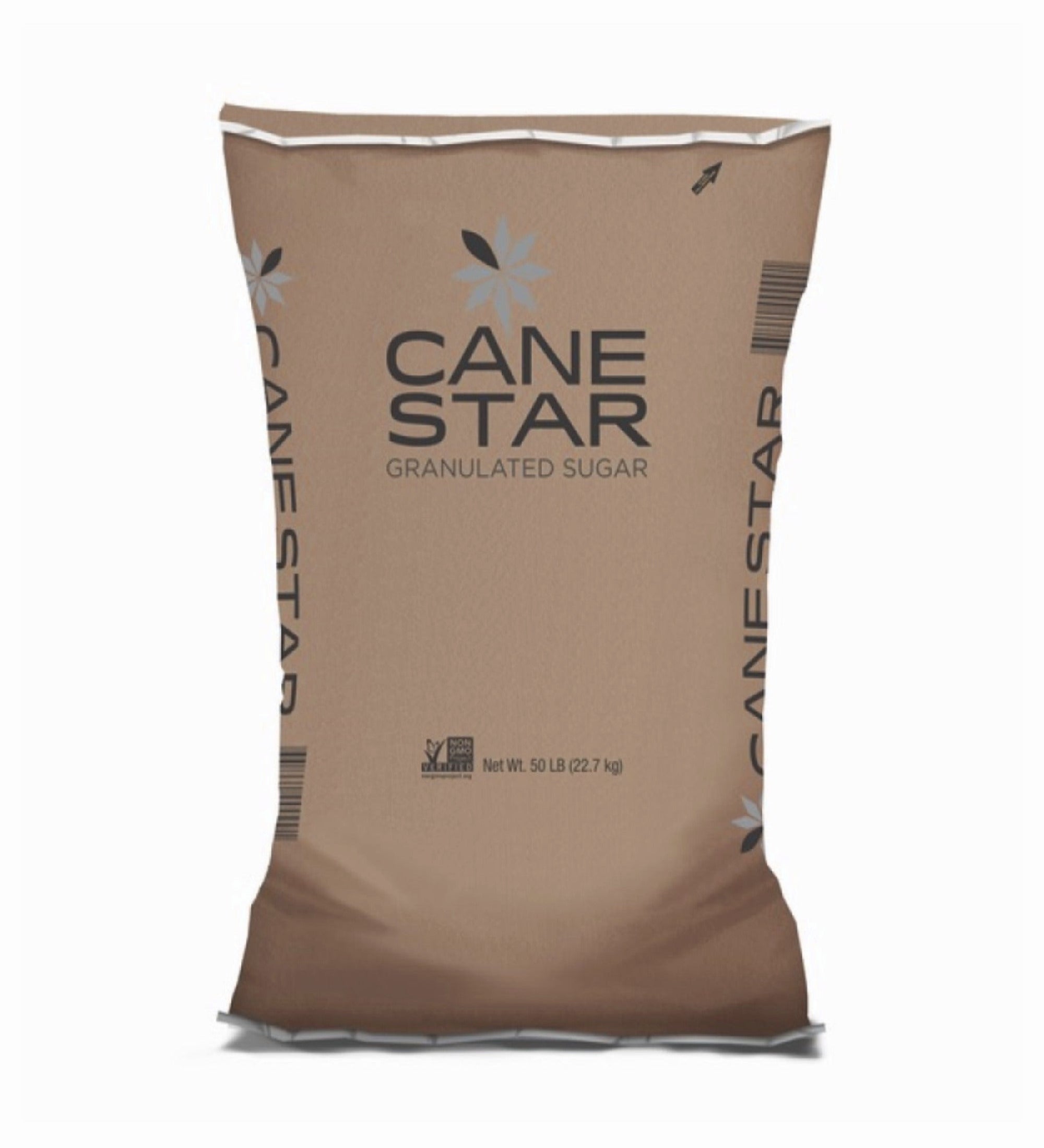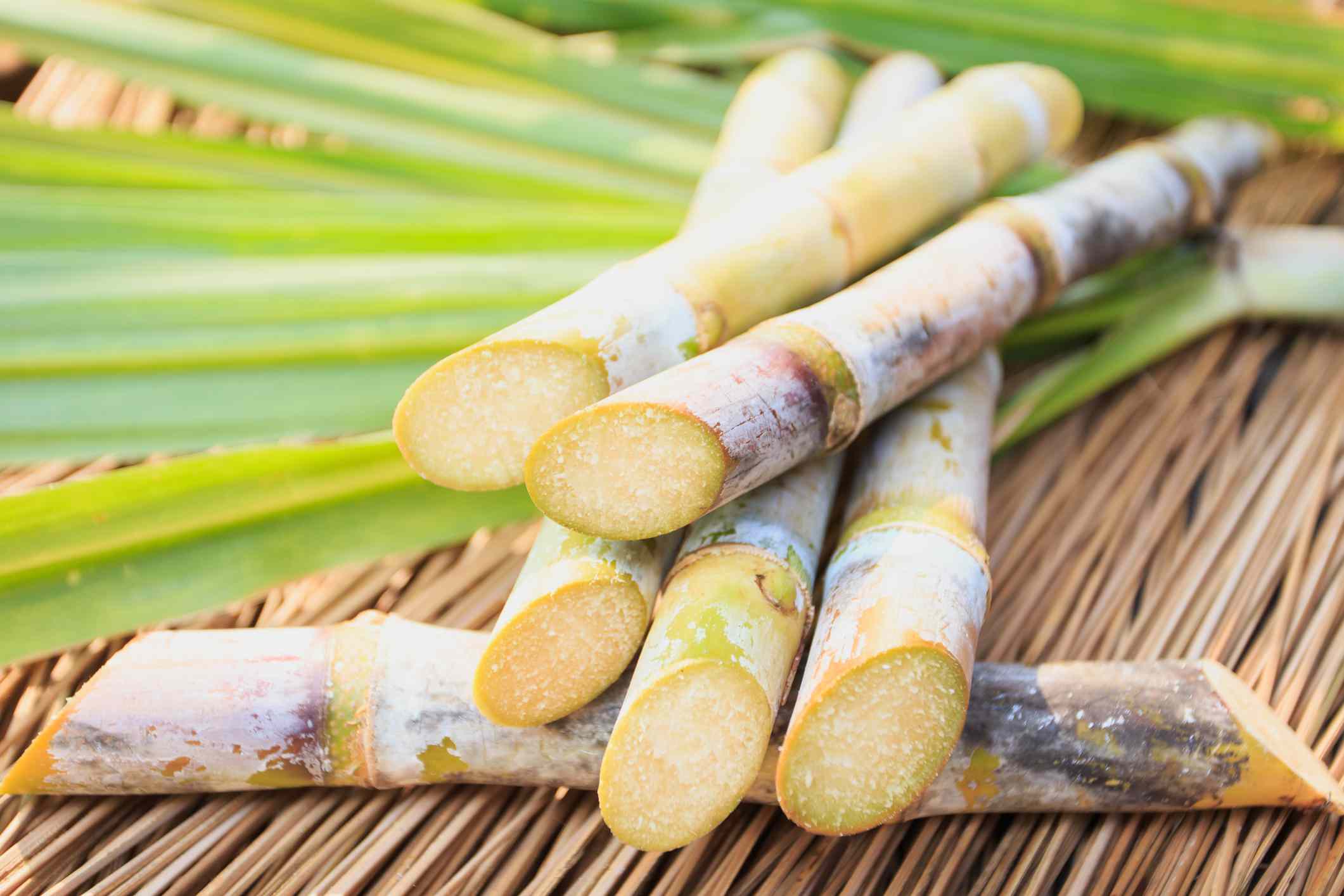Cane Sugar Processing Explained: What Happens Inside a Sugar Mill
Cane Sugar Processing Explained: What Happens Inside a Sugar Mill
Blog Article
An In-Depth Overview to the Ecological Effect and Sustainability Practices in Walking Stick Sugar Processing
The ecological influence of walking cane sugar processing presents an intricate variety of obstacles that warrant cautious assessment. From dirt deterioration and too much water use to the carbon impact linked with cultivation and production, the effects of conventional methods are far-ranging. What specific methods can be carried out to strike an equilibrium between efficiency and ecological stewardship?
Review of Cane Sugar Handling
Walking cane sugar handling entails a series of methodical steps that transform sugarcane into refined sugar. Initially, gathered sugarcane is delivered to refining centers, where it undertakes cleansing to remove dirt and particles. Following this, the walking cane is crushed to extract juice, which is then clarified by eliminating pollutants via heating and the addition of lime.
The clarified juice undertakes evaporation, where water is gotten rid of to concentrate the sugar content. These crystals are separated from the continuing to be syrup making use of centrifugation, resulting in raw sugar.
The last product is after that dried out and packaged for circulation. Throughout this entire procedure, preserving efficiency and quality assurance is necessary to guarantee the sugar fulfills sector standards. Each step in walking stick sugar handling not only contributes to the final item but likewise has implications for resource usage and waste generation, establishing the phase for discussions on sustainability and environmental effects related to sugar manufacturing.
Environmental Obstacles of Production
The production of cane sugar offers several substantial ecological challenges that warrant focus. One key concern is the extensive use agrochemicals, including pesticides and plant foods, which can result in dirt destruction, biodiversity loss, and contamination of neighborhood water resources. The overflow from sugarcane areas commonly carries these chemicals right into close-by ecological communities, disrupting marine life and influencing the health and wellness of communities reliant on these water bodies.
Another difficulty is the high power usage associated with sugarcane handling. The boiling and refining phases need considerable warmth, mostly generated by melting nonrenewable fuel sources, adding to greenhouse gas exhausts. In addition, the expansive acreage needed for sugarcane growing can cause logging and environment destruction, additional intensifying climate modification and harmful wild animals.
Furthermore, the labor techniques in some regions elevate moral issues, as workers might face bad working conditions and insufficient incomes. This circumstance typically continues a cycle of destitution in regional neighborhoods. Cane Sugar Processing. Resolving these environmental obstacles is important for establishing extra sustainable methods in cane sugar manufacturing, eventually profiting both the atmosphere and the communities entailed in this market
Water and Land Usage Impact
Water resources and land utilization are critical elements in the walking cane sugar market that dramatically influence the atmosphere. The farming of sugarcane calls for substantial water input, with quotes recommending that it can consume approximately 2,000 litres of water per kilo of sugar produced. This extensive use of water frequently brings about depletion of neighborhood water resources, affecting not just the sugarcane plantations however also bordering ecosystems and communities that count on the same water sources for agriculture and domestic use.

In addition, land usage for sugarcane cultivation can result in deforestation and the conversion of all-natural habitats right into monoculture ranches. This practice reduces biodiversity, interrupts neighborhood communities, and adds to soil destruction. The development of sugarcane areas frequently intrudes on beneficial farming land, creating competition for sources in between food and biofuel production.
Sustainable methods, such as maximizing watering methods and carrying out plant rotation, are important to alleviate these influences. By taking on a lot more effective water usage and land administration strategies, the walking stick sugar navigate to these guys market can lower its eco-friendly footprint, making certain an equilibrium in between farming performance and ecological conservation.
Greenhouse Gas Emissions
Greenhouse gas emissions represent a substantial ecological issue within the walking cane sugar processing sector, especially as agricultural practices expand to fulfill global demand. The farming of sugarcane, a crop that flourishes in exotic environments, relies greatly on synthetic plant foods and chemicals, which add to laughing gas exhausts. Additionally, land-use modifications, consisting of deforestation for brand-new sugarcane haciendas, launch carbon dioxide saved in greenery and dirt.
During handling, energy intake is an additional major source of greenhouse gas emissions - Cane Sugar Processing. Numerous sugar mills utilize nonrenewable fuel sources to power equipment and produce warmth, causing significant carbon impacts. In addition, the transport of raw sugarcane and completed products adds layers of discharges via fuel combustion in cars
The advancing impact of these emissions intensifies environment change, presenting dangers not only to the atmosphere but likewise to the long-term stability of the industry. Stakeholders have to identify the urgent need for detailed strategies that deal with these discharges. This involves reviewing current agricultural techniques, processing approaches, and transportation systems to identify areas for enhancement and reduction. Dealing with greenhouse gas exhausts is important for promoting a more lasting walking cane sugar sector in a changing climate.

Lasting Practices and Innovations
Lasting practices and technologies are progressively essential in the walking cane sugar handling sector as stakeholders seek to lower ecological influences while maintaining efficiency. One substantial innovation is the application of integrated crop management, which maximizes source use by combining dirt monitoring, bug control, and crop turning techniques. This approach enhances yield while lessening chemical inputs and protecting soil health.
Additionally, the adoption of renewable power sources, such as biomass from sugarcane residues, has gained grip - Cane Sugar Processing. By converting waste products right into energy, refining facilities can decrease their reliance on nonrenewable fuel sources, thus decreasing greenhouse gas exhausts
Water management practices have actually likewise seen improvements via the recycling and reusing of water in handling plants, dramatically lowering freshwater consumption. Innovations in innovation, such as precision agriculture, allow farmers to check crop wellness and resource usage much more effectively, guaranteeing lasting cultivation practices.
In addition, certification programs like Fair Trade and Rainforest Partnership encourage eco responsible farming techniques and promote social equity within the supply chain. By welcoming these lasting practices and technologies, the walking cane sugar processing market can enhance its strength and add positively to environmental stewardship.
Verdict
The environmental influence of cane sugar processing provides significant challenges, including dirt destruction, high water usage, and greenhouse gas emissions, together with moral worries connected to labor practices. Addressing these problems with lasting techniques, such as integrated plant management, eco-friendly content power fostering, and water recycling, is important. By advertising eco responsible and socially fair methods in sugar production, the market can reduce its unfavorable results, making certain a more sustainable future for both communities and ecosystems associated with this field.
Walking stick sugar handling entails a collection of systematic actions that transform sugarcane into polished sugar. Each action in walking cane sugar processing not just adds to the final product however likewise has implications for resource use and waste generation, setting the phase for discussions on sustainability and ecological impacts connected with sugar production.
Greenhouse gas discharges represent a considerable ecological problem within the walking cane hop over to here sugar processing industry, especially as agricultural practices broaden to satisfy global need.Lasting techniques and innovations are progressively important in the cane sugar handling market as stakeholders seek to reduce environmental effects while maintaining productivity.The environmental impact of cane sugar processing presents considerable difficulties, including dirt deterioration, high water usage, and greenhouse gas emissions, along with ethical concerns connected to labor methods.
Report this page